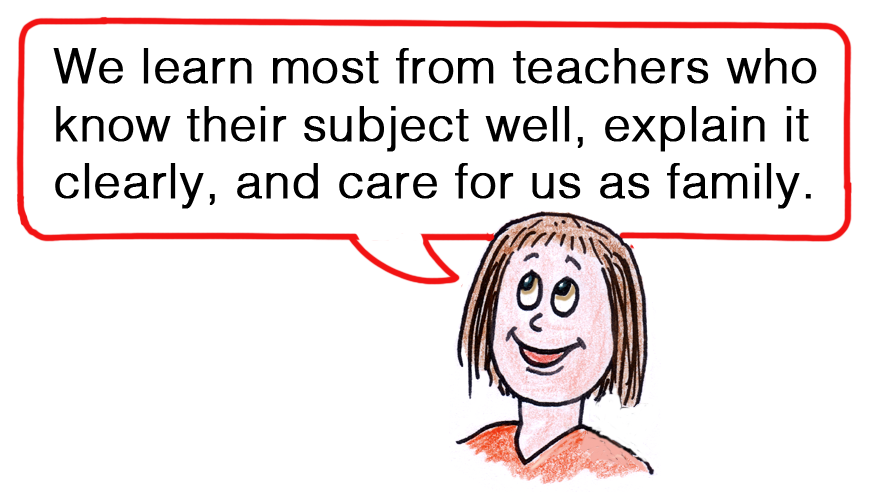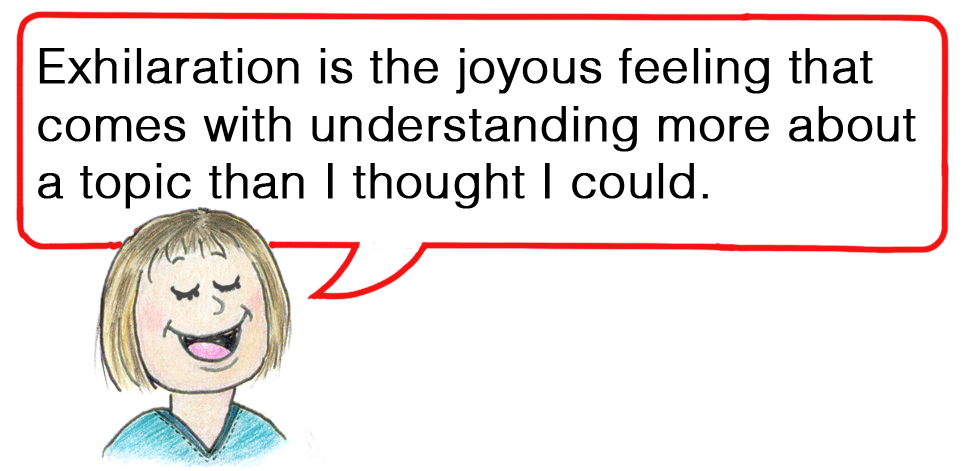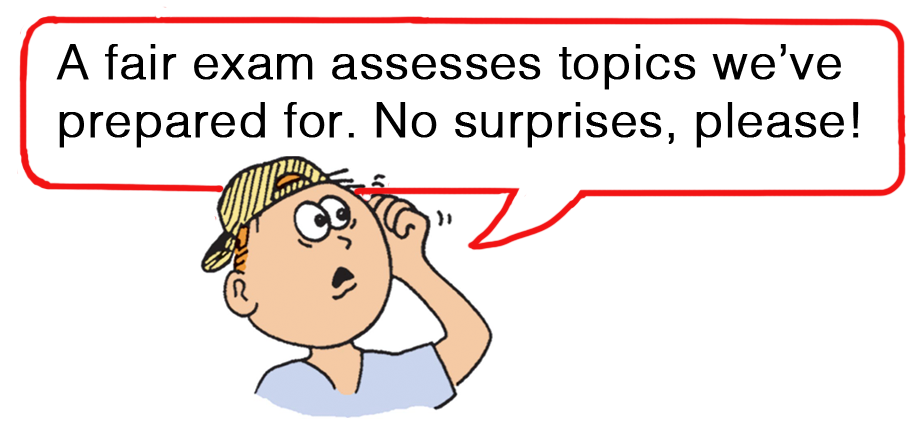Focus on Physics
Teaching Influences From My Student Years
The Science Teacher—November/December 2021 (Volume 89, Issue 2)
By Paul G. Hewitt
We are all influenced by our teachers. If I hadn’t been lucky enough to have had Joseph P. MacDonald as my physics teacher at Newman Prep School in Boston, I might have joined friends from there who veered off into electrical engineering, a popular career choice in those days. But the physics that Mr. MacDonald taught intrigued me and captured my heart. In college, other teachers reinforced and nurtured that choice, which eventually blossomed into a desire to “spread the word.” I wanted to teach physics so that others could enjoy it like I did (and still do!).
Some of my teacher influences were positive, and some negative. Sadly, I have more fingers on one hand than the number of teachers who were positive influences in my undergraduate years. But from the less-positive teachers, I learned something very important: what NOT to do when it was my turn at classroom teaching—lecture to the board and avoid eye contact with students, mumble information that should have been emphasized, and call on only a select few favorite students in teacher–student interactions. Sad to say, from the majority of my professors I learned what not to do. Although I wished to emulate my few inspirational teachers, I vowed not to repeat what I saw as the weaknesses of the noninspirational ones.
Positive Role Model, Professor Gold
An inspirational teacher in my undergraduate years at Lowell Technological Institute (LTI; now the University of Massachusetts at Lowell) was Raymond Gold. He was exceptionally talented in presenting and explaining physics. Unfortunately, he was inaccessible to us freshmen. While 400 of us were huddled in a large auditorium, Professor Gold was upstairs on the third floor, teaching a dozen or so seniors and graduate students. The inspiration of Professor Gold was not in the auditorium. Some of us stayed in physics and discovered Professor Gold later. But most of my original classmates missed the opportunity, choosing to major in chemistry or engineering. I felt the system was backward, that Professor Gold should have been with the 400 beginning students, with less skilled teachers in the small rooms on the third floor. If I were to eventually become a teacher, I’d want to be as skillful Professor Gold and invigorate freshman students. Hence my later preference for teaching large classes of beginning students.

Inspirational Mr. Andrew Ouelette
The most inspirational of all my freshman teachers was mathematics Professor Andrew A. Ouellette. His calculus lectures during my first semester at college were organized and clear, and his testing and grading were fair in every way. He was a no-nonsense person who sometimes developed a sweat in hourlong classes. His routine was always the same—first review questions about homework, then skillfully present new material, and end with a condensed wrap-up of the new material. Before concluding, he’d give the homework assignment and take three or four minutes to show a solution to one or two of its assigned problems. It was the same wonderful and productive routine, day after day.
In contrast was Professor F, another calculus teacher. He had a friendly personality and was very helpful to his students. But his lessons lacked the clarity of Professor Ouellette’s. Students greatly preferred Professor Ouellette.
The exhilaration of personal achievement
We all have particular memories from our days as a student. One of mine is looking out the window during a short break in Professor Ouellette’s class and feeling exhilarated with my acquisition of new knowledge that was clear to me. All the math displayed on the chalkboard made sense. I thought of my coworkers at the silk-screen printing shop, who just months before tried to convince me that more money was to be made by continuing with my trade than by going to college.
Money, of course, was not my goal. My goal was having a life in science. And it was happening. I was learning physics and mathematics, and by the end of that first college year, my wish for my future was to share what I learned with others by teaching it. For me, it seemed no other career could possibly be as satisfying and as much fun. With my sights set on teaching, I became very aware of the dos and don’ts of my professors. Although many professors had PhDs, some of those in the large classes had only master’s degrees. I knew that if I were to become a physics teacher I would need to earn at least a master’s degree. Standing in the way was Professor E.

Negative role model
Professor E knew his physics very well, gave clear lectures, provided sufficient explanations, and was dedicated to his craft. But all his good points were overshadowed by the way he assessed his class. His exams veered too far away from our textbook or what we learned in his classes. In his exam questions he seemed to delight in a “let’s see who can solve this puzzler,” using material remote from the physics we studied. Studying for his exams was futile. Exam scores were low, the top students earning grades of 50 to 60 percent or so. The lower grades were in the teens or single digits. He compensated for that by grading “on the curve,” assigning the top students (always the same three) an A, and the rest of us mostly Cs and Ds (rarely Fs). Professor E’s exams were enormously frustrating. Even worse, the courses he taught were the core courses; there was no way of avoiding him. He was a threat to me and others, who were mindful of the message given by Dean Ivy on opening day: “Look to the right of you ... look to the left. On graduation day only one of the three of you will be there.”
Lemons to lemonade
The upside to being in Professor E’s classes was my vow never to examine students on materials not learned in class or not in the textbook. How frustrating to spend a lot of time on the Doppler effect only to find nothing about it on the exam. Questions should represent the central topics covered in class. Students should have a good idea in advance of what the exam will cover. A fair distribution of grades would approximate a bell-shaped curve. If my best students scored low, it would be a red flag, telling me that the exam was too difficult. And a poorly written exam would not accurately assess my average-ability students. Framing questions so that top students aced or nearly aced the exam and average students scoring midrange would mean fairness in grading.

Developing writing skills
During my second semester at LTI, I was called into the dean’s office and accused of plagiarizing a lab report, the reason being that it was written so well. Such was not the case, but the incident convinced me that I had a talent for writing. I wrote several letters to the editor of the student newspaper, The Text. At the end of my second year I became an editor, and at the end of my third year I was elected Editor in Chief. Little did I know then that what I learned in developing writing skills, getting a writing team together, and meeting deadlines would be so valuable years later.
Graduation
I earned my place on the graduation platform with a BS in physics after four years at Lowell Tech. Getting there was the joy it could have been. It was an obstacle course that required all in my personal and school life to be problem-free. Having a wife and child, and needing a master’s degree, I wanted to avoid graduate classes with Professor E. A change of schools was therefore in order.
Utah State University
My family and I ventured west, to Utah State University (USU), where I was treated to the extraordinary teaching of Professors Farrell Edwards and John Merrill. Both were inspirational. I encountered no negative role models in my two years there. I passed the PhD qualifying exam in physics, yet going that long route wasn’t attractive to me because my goal was not physics research, but teaching physics to freshman non-science students in a community college.
At USU it all “came together.” Thesis research was meaningful and taking my master’s oral exam was a pleasant experience. Physics that I barely understood when entering that university became physics well understood, helped by my being a teaching assistant in a mechanics course for physics majors. I found crafting problem solving skills for multiple classes of students invigorating and rewarding. With a good comprehension of physics fundamentals, I was ready for the teaching assignment that awaited me—City College of San Francisco (CCSF).
Employment and enjoyment
Employing the dos and don’ts of professors that I closely observed came to fruition. At City College I was assigned the course least popular with the rest of the physics faculty. By my second year of teaching I taught introductory physics to four daytime sections and one Wednesday evening session. Teaching skills are acquired with practice, and having five repetitions of the same material each semester allowed me to quickly hone mine. I will discuss my learning and teaching experiences at CCSF in the next Focus on Physics article.
Online Connections
On www.HewittDrewIt.com are two screencasts for teachers, 148 student-oriented tutorial lessons covering a broad swath of physics, and links to related materials. See also www.ConceptualAcademy.com.
Paul G. Hewitt (pghewitt@aol.com) is the author of the new 50-year celebration 13th edition of Conceptual Physics; the 6th edition of Conceptual Physical Science, coauthored with daughter Leslie Hewitt and nephew John Suchocki; and Conceptual Integrated Science, 3rd edition, with coauthors Suzanne Lyons, John Suchocki, and Jennifer Yeh.


